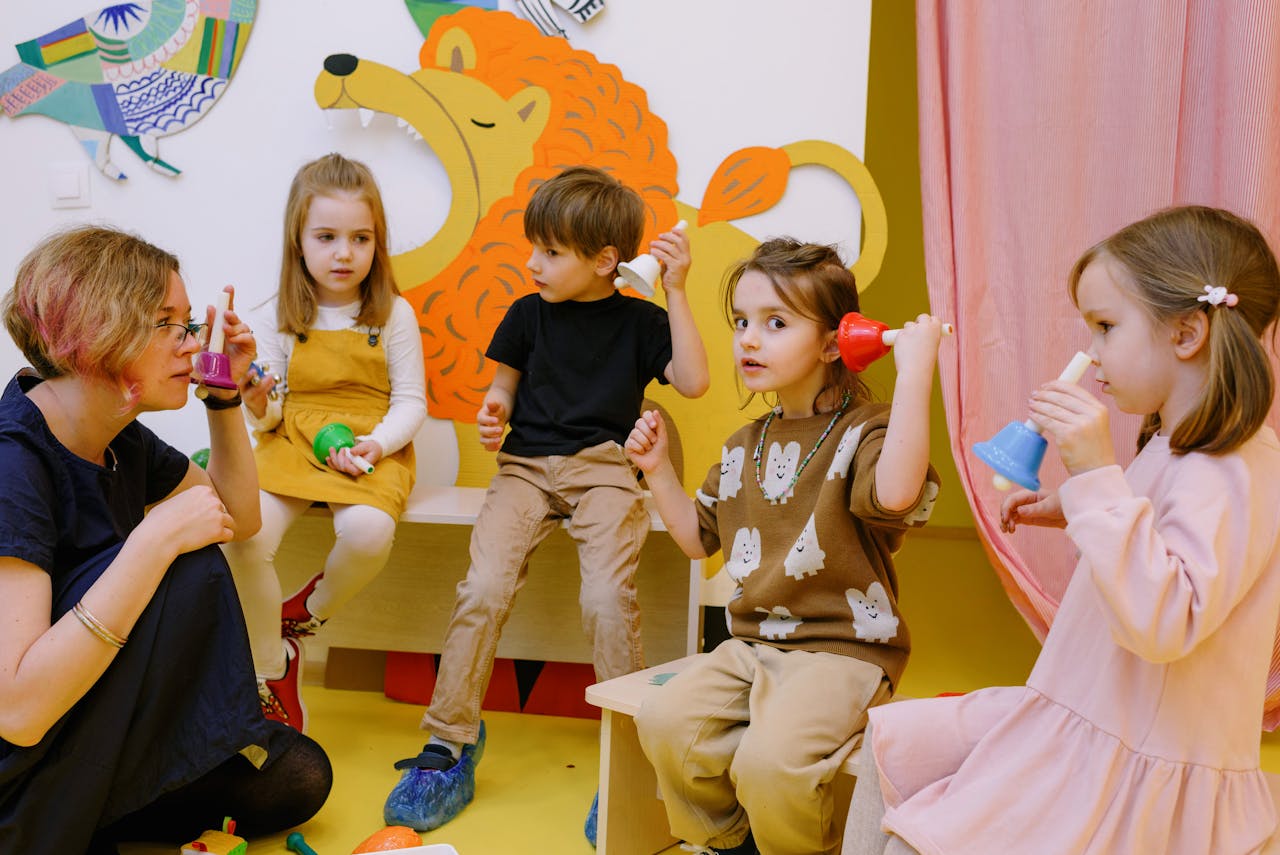El desarrollo infantil es un proceso complejo que involucra la interacción de múltiples factores, y la estimulación multisensorial juega un papel fundamental en este proceso. Desde los primeros días de vida, las y los niños exploran el mundo a través de sus sentidos. Por ello, proporcionarles experiencias sensoriales variadas es esencial para su crecimiento y aprendizaje.
¿Qué es la estimulación multisensorial?
La estimulación multisensorial implica la activación simultánea de los receptores sensoriales, es decir la estimulación de la vista, oído, tacto, olfato, gusto y la propiocepción. A través de experiencias sensoriales diversas, las y los pequeños pueden explorar y comprender el mundo que los rodea de forma más completa. Durante la infancia temprana esta clase de aprendizaje tiene especial importancia e impacta en gran medida el desarrollo posterior.
Beneficios de la estimulación multisensorial:
El uso de la estimulación multisensorial de forma estratégica permite resultados positivos en el bienestar y desarrollo físico y mental de los infantes.
Desarrollo sensorial integral: La estimulación multisensorial promueve el desarrollo equilibrado de todos los sentidos, lo que permite a las y los pequeños procesar y responder a la información sensorial de manera más efectiva.
Estimulación cognitiva: Las experiencias multisensoriales desafían el cerebro de niñas y niños y promueven el desarrollo de habilidades cognitivas como la atención, la memoria y la resolución de problemas.
Fomento de la Creatividad: Al experimentar con diferentes estímulos sensoriales, los niños pueden expresar su creatividad y explorar nuevas formas de pensar y crear.
Mejora del Aprendizaje: La integración de la estimulación multisensorial en el entorno educativo puede mejorar la retención de información y facilitar el proceso de aprendizaje al involucrar a múltiples sistemas sensoriales.
Importancia en el Sistema Educativo:
La incorporación de la estimulación multisensorial en el sistema educativo ofrece una serie de beneficios para los estudiantes:
Inclusión de todos los estilos de aprendizaje: Al proporcionar experiencias multisensoriales, los educadores pueden impartir más variedad de estilos de aprendizaje, y mostrar a las y los niños dinámicas visuales, auditivas, kinestésicas y táctiles.
Mayor participación y compromiso: Las actividades multisensoriales son más atractivas y estimulantes para los estudiantes, lo que aumenta su participación y compromiso con el aprendizaje.
Apoyo al desarrollo social y emocional: La colaboración en actividades multisensoriales fomenta el trabajo en equipo, la comunicación y el desarrollo de habilidades sociales y emocionales.
Promoción de la diversidad y la inclusión: La estimulación multisensorial reconoce y valora la diversidad de experiencias y habilidades de los estudiantes, promoviendo así un ambiente inclusivo en el aula.
Al proporcionar experiencias sensoriales variadas y enriquecedoras, los educadores pueden ayudar a los niños a explorar, comprender


